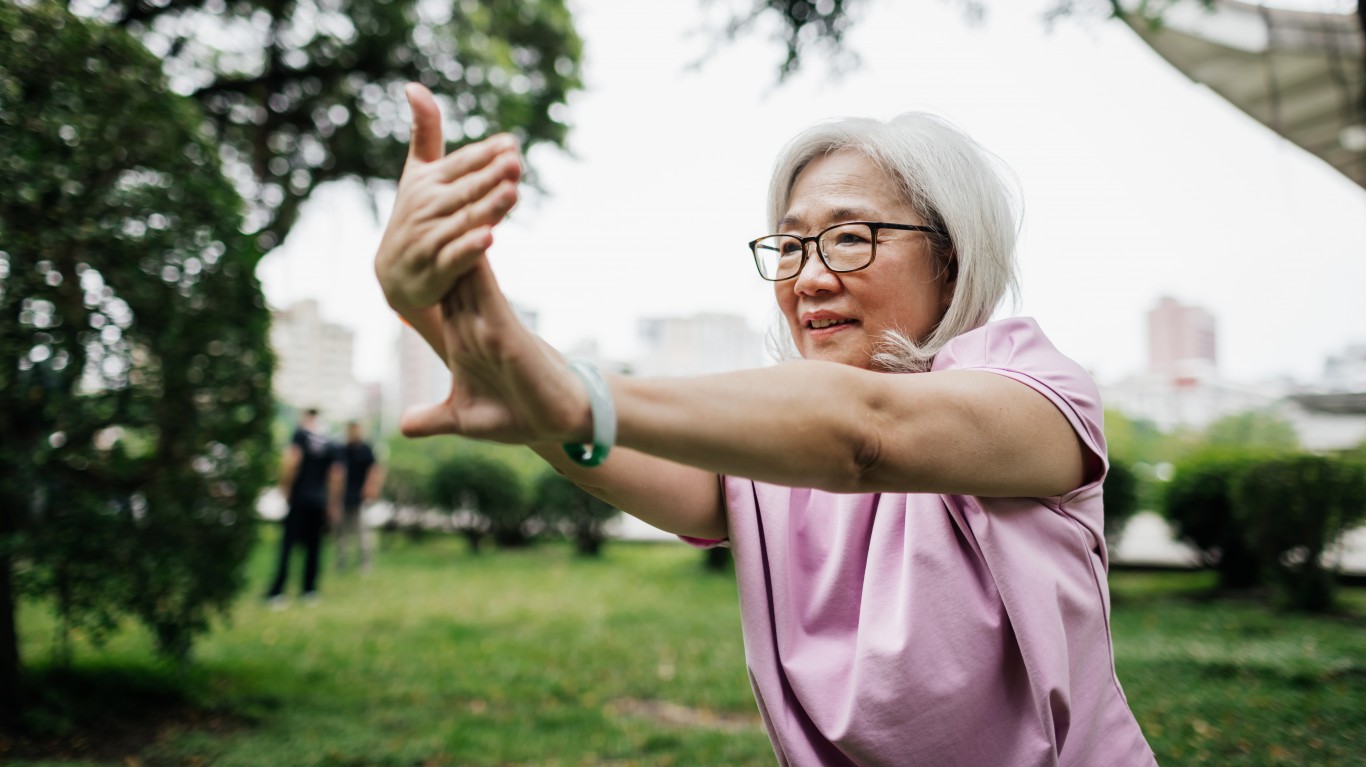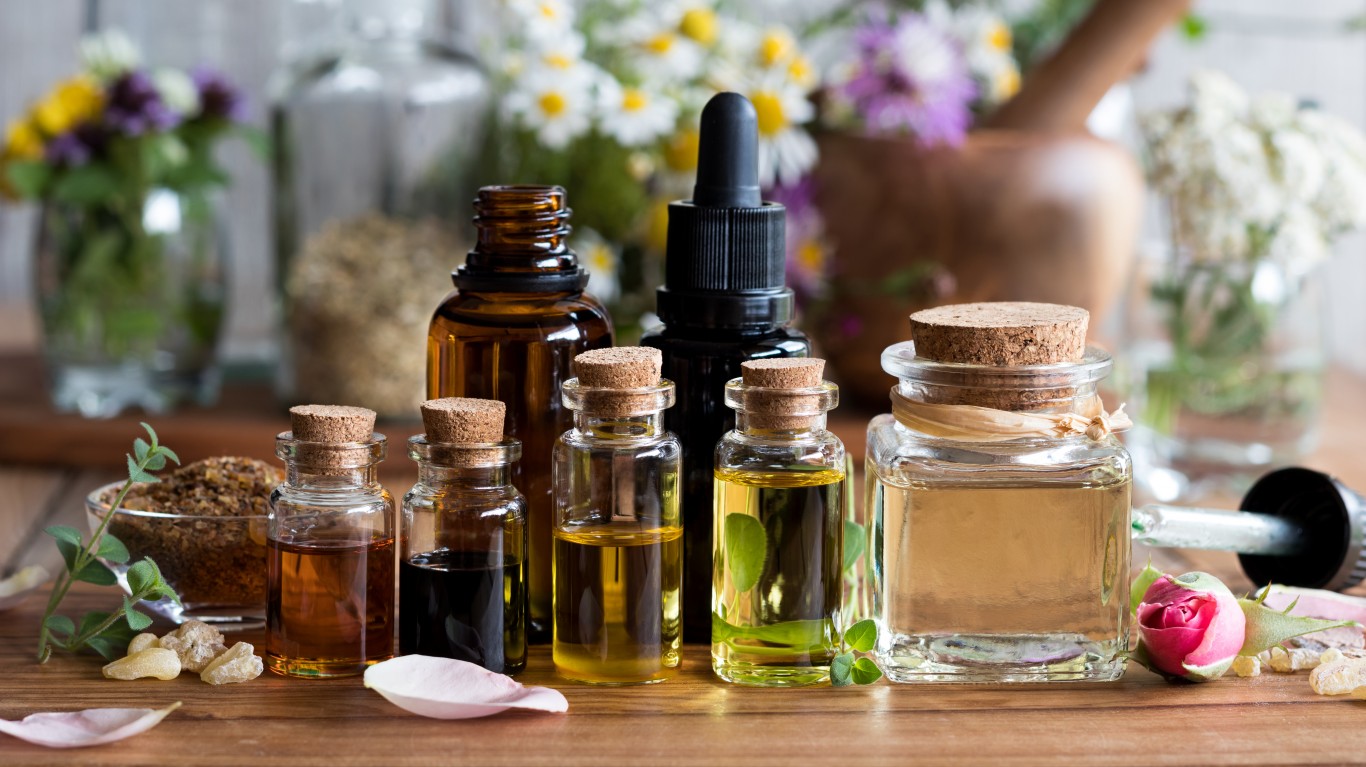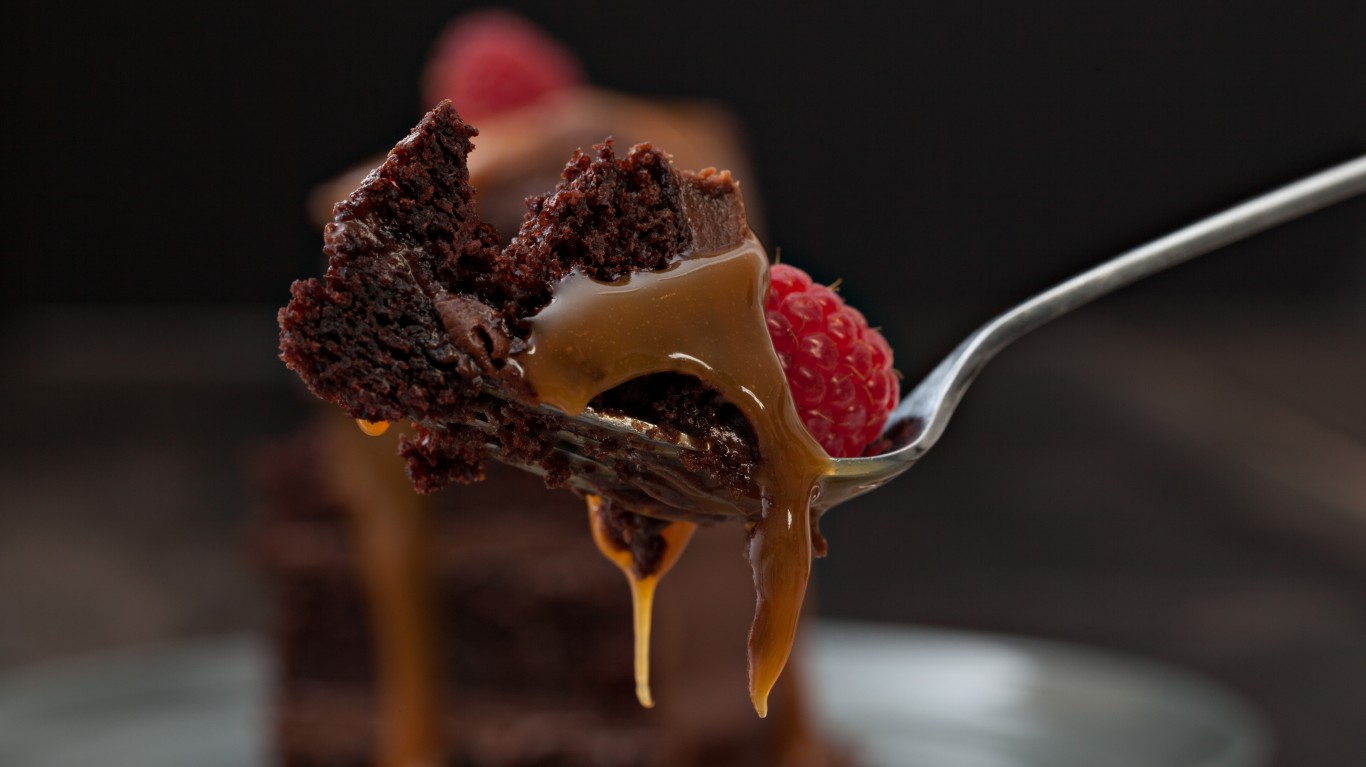Special Report
Relaxation Techniques You Most Likely Don’t Know About

Published:
Last Updated:

Stress can be very harmful to your physical and mental health. It can contribute to conditions such as high blood pressure, heart disease, obesity, and diabetes and lead to anxiety, restlessness, sadness, and depression. There are two quite different ways to tackle stress: physical exercise and relaxation.
You probably have a pretty good idea of what constitutes physical exercise — walking, running, cycling, etc. You may also be familiar with some popular relaxation techniques — such as deep breathing, yoga, tai chi, etc. But there are many more relaxation techniques that may be beneficial and that you are not aware of.
24/7 Tempo has identified more than a dozen relaxation techniques you most likely don’t know about. They range from active, such as qigong, to passive, such as mindfulness meditation.
A few require some basic supplies and setting up, such as art therapy and aromatherapy, while others simply require buying a treat or a pack of gum. And if they don’t all work for you — or even if you don’t have much stress in the first place — you might have fun trying them out.
How exactly stress affects the brain is still an evolving science. Sure, sometimes the real reason behind loss of gray matter is Alzheimer’s. But sometimes, memory loss is the result of a treatable disease or a few bad habits — here are 17 things that lead to memory loss.
To compile a list of relaxation techniques you most likely don’t know about, 24/7 Tempo reviewed information from resources such as the National Institutes of Health, institutions such as the Cleveland Clinic and Harvard Medical School, and websites such as Prevention.com and WebMD.com.
Click here to see relaxation techniques you most likely don’t know about.

Progressive muscle relaxation
Progressive muscle relaxation involves tensing a group of muscles for 4 to 10 seconds as you breathe in, and then suddenly relaxing them as you breathe out. You work on your muscle groups in a certain order, starting with your hands and progressing up to your head and then down to your lower legs. You relax for 10 to 20 seconds between each muscle group. The goal is to alleviate any muscle tension, aches, and pains caused by stress.
[in-text-ad]

Body scan meditation
Body scan meditation involves progressively focusing on the different parts of your body where there may be tension — your feet on the floor, your legs against the chair, your stomach, etc. — and consciously allowing them to soften. You also focus on your breathing until your whole body is in a relaxed state.

Rhythmic movement
Physical activity has general health benefits, but rhythmic, repetitive movement can be particularly effective as a relaxation technique — it has even been called “muscular meditation.” Keep in mind that rhythmic breathing is an important part of this. Whether it’s walking or swimming, the key is to go slow and bring mindfulness to the practice.

Visualization
Visualization (also known as guided imagery) involves creating a detailed mental image of an attractive and peaceful setting or environment, and is often practiced with physical relaxation techniques such as progressive muscle relaxation. The aim is to redirect your focus from what is stressing you to the peaceful setting you have visualized — a place you associate with relaxation.
[in-text-ad-2]

Self-massage
You can use self-massage for general relaxation and for specific problems, such as headaches. You may get relief by massaging your cheekbones and temples with your fingertips, using small circular motions. If the problem is in your hands, you can massage them too. According to Dale Grust, president of the New York chapter of the American Massage Therapy Association, as reported in WebMD, massaging the hands can help to relieve headaches as well as any tension in the hand.

Mindfulness meditation
According to Mindful, a nonprofit dedicated to encouraging mindfulness, “Mindfulness is the basic human ability to be fully present, aware of where we are and what we’re doing, and not overly reactive or overwhelmed by what’s going on around us.” Mindfulness meditation involves focusing on the present by noticing when your mind wanders off, and returning to a more focused and relaxed state, including an awareness of your breathing. Mindfulness meditation is a technique taught at many places, including Harvard University and the U.S. Army.
[in-text-ad]

Qigong
Qigong has been referred to as Chinese yoga and has been practiced for thousands of years — it is an integral part of traditional Chinese medicine, along with acupuncture, acupressure, and herbal medicine. It combines slow graceful movements with mental concentration and breathing. Try qigong to see if it help you relieve anxiety and reduce stress.

Biofeedback
Biofeedback aims to give you a measure of control over some of your body’s functions, such as your heart rate, and thus help you relax. During biofeedback, you are connected to electrical sensors that provide information about your body. The idea is that by becoming aware of what’s going on inside of your body, you can make small changes in the body, like relaxing certain muscles, which may help reduce pain. There are different kinds of biofeedback in addition to heart rate, including brainwaves, breathing, and temperature. It is used to help treat migraine headaches, chronic pain, and high blood pressure.

Art therapy
“Music hath charms to soothe a savage breast,” said the English poet William Congreve. If listening to music can have that effect, then making music or engaging in other creative activities could be good for the body and mind. That’s the idea behind art therapy. There may not be a whole lot of empirical evidence to support the idea, but one study has shown that adults may experience a measurable reduction in their cortisol levels after a 45-minute art making session. It certainly makes sense that enjoying or producing a work of art could help you relax.
[in-text-ad-2]

Aromatherapy
In aromatherapy, essential oils distilled from plants are absorbed through the pores of the skin during massage, or through the nose by inhalation. Those who treat with aromatherapy say the scents released by the oils act on the hypothalamus, a part of the brain that influences the hormonal system. Regardless of how it works, aromatherapy helps many people — healthy and less so — relax, feel less anxious, and more positive.

Hydrotherapy
Hydrotherapy is a naturopathic technique that uses water — in any of its forms (water, ice, steam), externally or internally — to help with relaxation and treat certain conditions, with the water used at various temperatures, pressure, duration, and site. According to those employing the technique, exposure to water at different temperatures can alter the body’s physiology and mood. For example, a cold swim is usually invigorating because the cold causes your surface vessels to constrict. Warm water has the opposite effect, making the vessels relax, bringing blood to the surface.
[in-text-ad]

Get a plant
We know that being in nature can help you de-stress. More than one study have shown that. But in lieu of being in nature, houseplants can do the trick for some people. Especially, active interaction with houseplants — yes, don’t just water them, but talk to them, smell them, touch them — can help reduce physiological and psychological stress in some people. Looking at beautiful plants can be relaxing, but having them around can also benefit your health because they take contaminants out of the air.

Have a treat
Having a treat can reduce stress. We all know that; better still, there’s scientific evidence to back it up. Researchers at the University of Cincinnati found that eating or drinking sweets might decrease production of the stress-related hormone glucocorticoid, which has been linked to obesity and decreased immune response. It might seem counterintuitive, but treats made from sugar — not artificial sweeteners — work.

Chew gum
What could be simpler than chewing gum? A study presented at the 2008 10th International Congress of Behavioral Medicine found that it helped relieve anxiety and reduce stress among individuals in a laboratory setting. Hopefully it also works for individuals at home or in the office.
[in-text-ad-2]

Get a hobby
Having a hobby can help you cope with stress, according to Jaime Kurtz, associate professor of psychology at James Madison University in Virginia. In an article in Psychology Today, Kurtz said that hobbies are more than merely distracting. “They remind you that there are many facets to your self-concept,” she noted. What’s more, hobbies can help you structure your time, promote new social connections, and make you more interesting to other people.
Thank you for reading! Have some feedback for us?
Contact the 24/7 Wall St. editorial team.